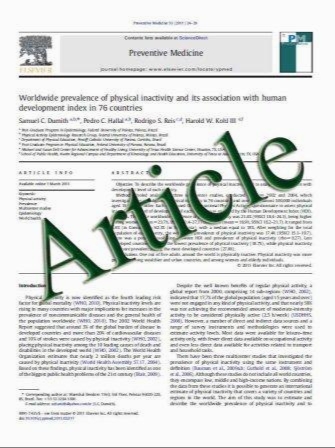Circulating CD133+VEGFR2+ and CD34+VEGFR2+ cells and arterial function in patients with beta-thalassaemia major
- نوع فایل : کتاب
- زبان : انگلیسی
- مؤلف : Yiu-fai Cheung & Shing Chan & Mo Yang & Jie-yu Ye & Shau-yin Ha & Sophia J. Wong & Godfrey Chi-fung Chan
- چاپ و سال / کشور: 2011
Description
Arterial dysfunction has been documented in patients with beta-thalassaemia major. This study aimed to determine the quantity and proliferative capacity of circulating CD133+VEGFR2+ and CD34+VEGFR2+ cells in patients with beta-thalassaemia major and those after haematopoietic stem cell transplantation (HSCT), and their relationships with arterial function. Brachial arterial flow-mediated dilation (FMD), carotid arterial stiffness, the quantity of these circulating cells and their number of colony-forming units (CFUs) were determined in 17 transfusion-dependent thalassaemia patients, 14 patients after HSCT and 11 controls. Compared with controls, both patient groups had significantly lower FMD and greater arterial stiffness. Despite having increased CD133+VEGFR2+ and CD34+VEGFR2+ cells, transfusion-dependent patients had significantly reduced CFUs compared with controls (p=0.002). There was a trend of increasing CFUs across the three groups with decreasing iron load (p=0.011). The CFUs correlated with brachial FMD (p=0.029) and arterial stiffness (p=0.02), but not with serum ferritin level. Multiple linear regression showed that CFU was a significant determinant of FMD (p= 0.043) and arterial stiffness (p=0.02) after adjustment of age, sex, body mass index, blood pressure and serum ferritin level. In conclusion, arterial dysfunction found in patients with beta-thalassaemia major before and after HSCT may be related to impaired proliferation of CD133+VEGFR2+ and CD34+VEGFR2+ cells.
Ann Hematol DOI 10.1007/s00277-011-1302-4 Received: 18 March 2011 / Accepted: 18 July 2011


